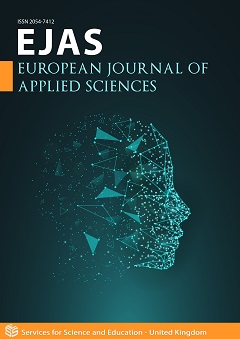The W Boson Mass: 80.433 GeV: A Result of a Composite H, W, Z Bosons Model: Other Results: H, Z, Proton, Neutron and Dark Matter Masses
DOI:
https://doi.org/10.14738/aivp.103.12388Keywords:
Higgs boson, W and Z bosons, Proton, Neutron, Dark matter, Composite particles,Abstract
The present article develops a model initially published in ref. [1] and completed in ref. [2].This is a quasi-classical quantum model of composite particles with ultra-relativistic (UR) constituents (leptons and quarks). The model is used to calculate the mass energy of three composite particles: an UR tauonium, an UR bottomonium and an UR leptoquarkonium. The result is that these three hypothetic particles have masses close to 125 GeV: the Higgs boson mass energy.
These results are recalled in the present article. Then the model is extended to calculate the mass energy of the W and Z bosons assumed to be composite particles, as well as those of the proton and the neutron. For the W boson, the model gives two values: one has a mass strictly equal to that measured recently at Fermilab (80.433 GeV), higher than the values measured so far. The other model value is according to the other measurements of the W boson mass.
Finally the model provides a hypothesis on dark matter.
Downloads
Published
How to Cite
Issue
Section
License
Copyright (c) 2022 Raymond Fèvre

This work is licensed under a Creative Commons Attribution 4.0 International License.






